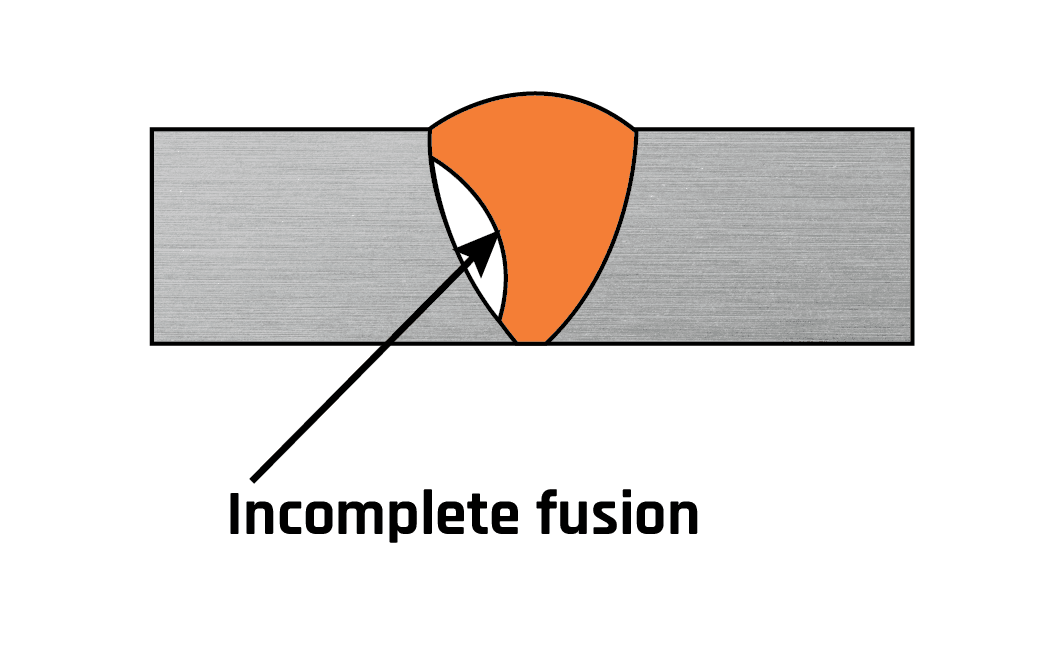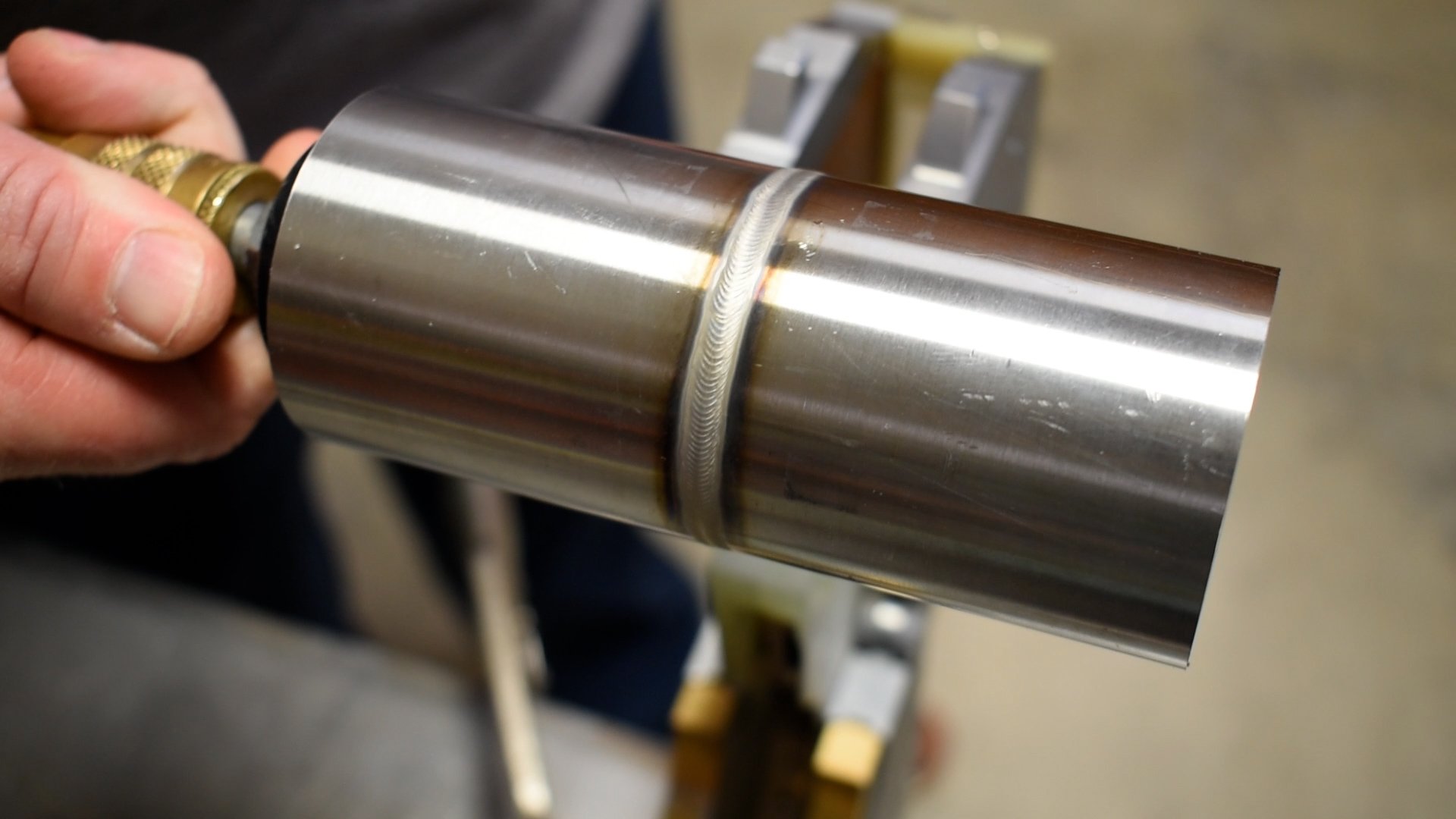Expert Techniques for Preventing Weld Undercut Efficiently
Expert Techniques for Preventing Weld Undercut Efficiently
Blog Article
Essential Tips for Welders: Preventing Undercut Welding and Ensuring Stronger Weld Joints
In the realm of welding, attaining solid and durable weld joints is the keystone of generating high-quality job. However, one common challenge that welders commonly experience is undercut welding, which can jeopardize the honesty of the weld joint. By recognizing the factors that add to undercutting and applying the right strategies and safety measures, welders can properly avoid this problem and guarantee the long life and toughness of their welds. Let's discover some essential suggestions that can assist welders navigate this challenge and elevate the quality of their welding jobs.

Comprehending Undercut Welding
Undercut welding is a typical welding defect that takes place when the weld metal fails to effectively fill up the groove and causes a groove-like depression along the weld grain. This problem deteriorates the weld joint, making it susceptible to fracturing and failing under tension. Undercutting can be brought on by numerous variables, including excessive welding existing, high welding rate, improper electrode angle, incorrect electrode size, and inadequate welding method.
One of the primary factors for undercut welding is a discrepancy in between the welding present and the welding speed. If the welding current is too expensive or the welding speed is too quick, the weld steel may not appropriately fill the groove, bring about damaging. Furthermore, utilizing an electrode that is also big can result in a comparable result, as the excess steel can not effectively flow right into the groove.
To stop undercut welding, welders should guarantee they are utilizing the correct welding specifications, preserve a suitable electrode angle, choose the ideal electrode dimension, and method proper welding strategies. By attending to these variables, welders can minimize the danger of damaging and develop more powerful, more trustworthy weld joints.
Appropriate Welding Method
Reliable welding strategy plays an important role in guaranteeing the quality and honesty of weld joints. One fundamental aspect of appropriate welding method is maintaining the correct angle and distance in between the welding gun and the workpiece.
In addition, a constant and constant hand movement is essential for creating solid and long lasting weld joints. Welders need to aim for smooth, uniform movements to make certain even distribution of the weld product. Correct control of the welding weapon and filler product is additionally essential to attaining ideal penetration and combination.
Additionally, controlling the heat input and choosing the suitable welding parameters based upon the product being bonded are critical factors in accomplishing high-quality welds - Preventing weld undercut. Welders need to follow the suggested settings supplied by welding procedure specifications and readjust them as needed based on the particular demands of the job. By mastering proper welding strategies, welders can substantially boost the stamina and dependability of their weld joints
Picking the Right Electrode
Maintaining the appropriate angle and distance between the welding weapon and the workpiece is essential when thinking about the significance of picking the ideal electrode in welding applications. The option of electrode plays an essential role in determining the quality and stamina of the browse around this web-site weld joint. Electrodes can be found in numerous kinds, each developed for details functions and materials.
Firstly, selecting the ideal electrode diameter is important. Thinner electrodes are appropriate for welding thin materials, while thicker electrodes are better for thicker materials and greater heat applications. Matching the electrode size to the density of the work surface helps attain a well balanced weld.
Secondly, understanding the product structure of the electrode is essential. Various electrodes are created for welding specific materials like steel, stainless steel, aluminum, or cast iron. Using the appropriate electrode material ensures great fusion and decreases the danger of flaws in the weld.
Lastly, thinking about the welding placement and technique is essential when picking the electrode type. For example, particular electrodes are better fit for vertical or overhead welding settings, while others function well for flat or straight positions. Picking the ideal electrode based on the welding strategy enhances the total weld quality and integrity.
Preparing the Base Metal
To make certain a successful welding procedure, what first actions should be taken when preparing the base metal for welding? Additionally, any kind of existing weld material or residue from previous welding should be eliminated to ensure a clean surface area for the new weld.

Performing Post-Weld Assessments

After conducting these analyses, welders need to contrast the results versus market criteria and job demands to ensure that the weld joint satisfies all required requirements. Any type of insufficiencies or variances uncovered during the post-weld inspection needs to be promptly dealt with with proper restorative actions to guarantee the weld's honesty. By diligently executing post-weld examinations and quickly dealing with any type of issues, welders can maintain the high quality and dependability of their work, eventually adding to the safety and long life of more helpful hints the bonded frameworks.
Verdict

Finally, protecting against undercut welding and making certain more powerful weld joints require a combination of appropriate welding strategy, picking the ideal electrode, preparing the base steel correctly, and conducting post-weld assessments. By comprehending the root causes of undercut welding and carrying out the required preventative measures, welders can generate high-grade weld joints that satisfy market standards and guarantee the architectural honesty of the welded elements.
Undercut welding is a common welding issue that happens when the weld steel falls short to appropriately load the groove and results in a groove-like clinical depression along the weld bead (Preventing weld undercut). Damaging can be caused by numerous aspects, consisting of too much welding current, high welding rate, incorrect electrode angle, wrong electrode dimension, and bad welding method
One of the main factors for undercut welding is an imbalance in between the welding existing and the welding speed. If the welding current is also high or the welding speed is as well quick, the weld steel may not properly fill up the groove, leading to damaging.Maintaining the correct angle and distance between the welding weapon and the workpiece is essential when thinking about the value of picking the ideal electrode in welding applications.
Report this page